Unseen Rhythms: The Bass and its Jazz Mavens 1900-Present
[This article originally appeared in She Shreds Issue 8, published in the spring of 2015]
The electric bass was developed in the United States by inventors looking to sustain a louder and varied sound than the upright bass. Variations of the acoustic bass can be found throughout the world, including the baja in South America, the bouzouki in the Mediterranean, and the balalaika in Eastern Europe.
Here is a timeline exploring the evolution of the bass guitar—and some of the women who play it—from the early 20th century to present times:
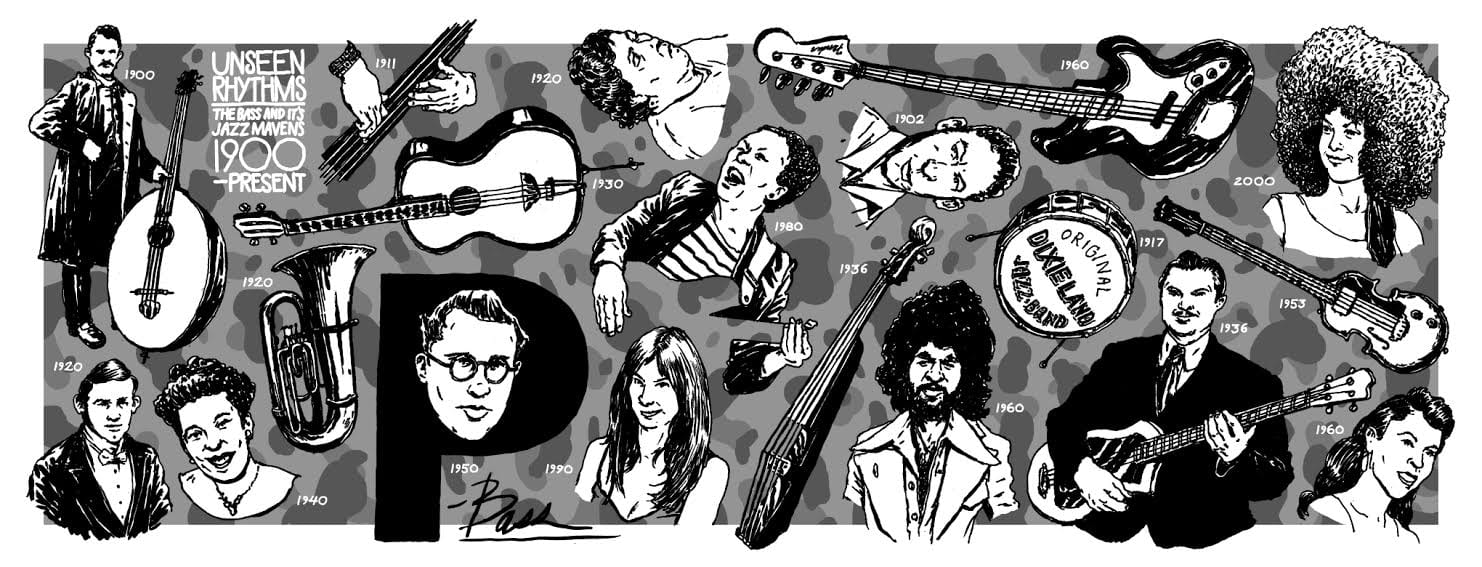
1902: “Jelly Roll” Morton claims to have invented jazz. Morton fuses ragtime, French quadrilles, and the blues.
1911: The slap playing style emerges. According to urban lore, Bill Johnson developed this technique after he forgot to bring his bow to a gig. In order to be heard, he started slapping the strings.
1912: Gibson guitar unveils Mando-basses, oversized fretless mandolins designed to be played upright in mandolin orchestras.
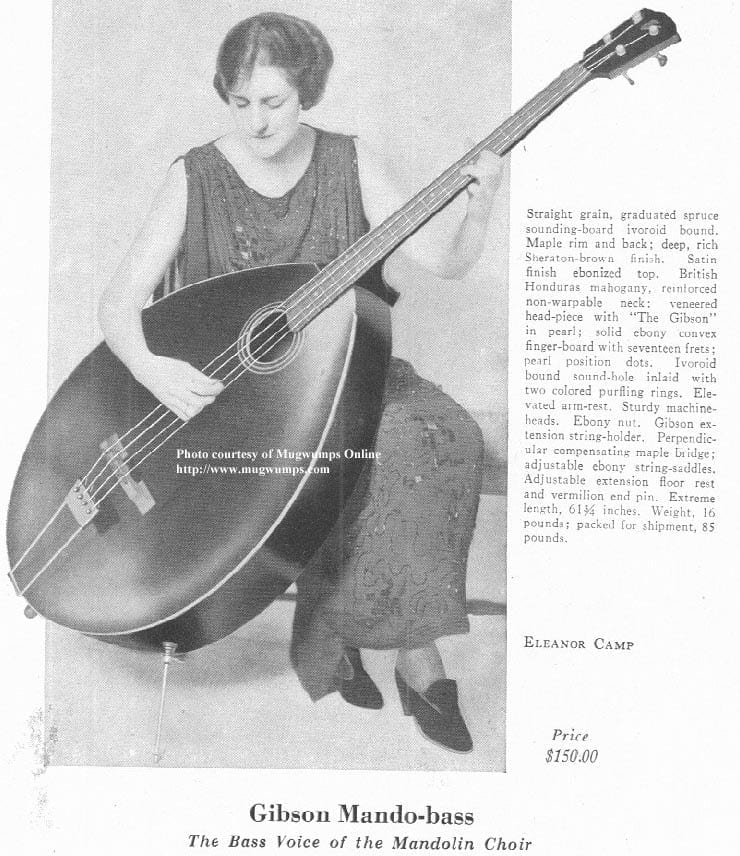
1917: The first documented jazz recording is released by the Original Dixieland Jazz Band.
1924: In reaction to the limited sonic output of acoustic basses, Lloyd Loar, an engineer from the Gibson guitar company, prototypes a functional upright electric bass. Prioritizing portability and strong amplification capabilities, Loar christens his invention the “stick” bass. Like many upright electric basses today, the “stick” bass had a pickup positioned under its bridge. It was not picked up by the Gibson company.
1927: Due to the reduced amplification properties of the upright bass, many players find themselves learning the tuba in order to provide a bass part in their bandleader’s compositions in New Orleans. *Check out the 1927 recording of “Potato Head Blues” by Louis Armstrong for an example.
1920s-1960s: Dolly Douroux Adams(1904-1979), a multi-instrumentalist in New Orleans, started playing at the age of seven. Throughout her life, she shared the stage with greats such as Louis Armstrong and Willie Humphrey due to her ability to master subgenres of jazz such as Dixieland, swing, and contemporary jazz.
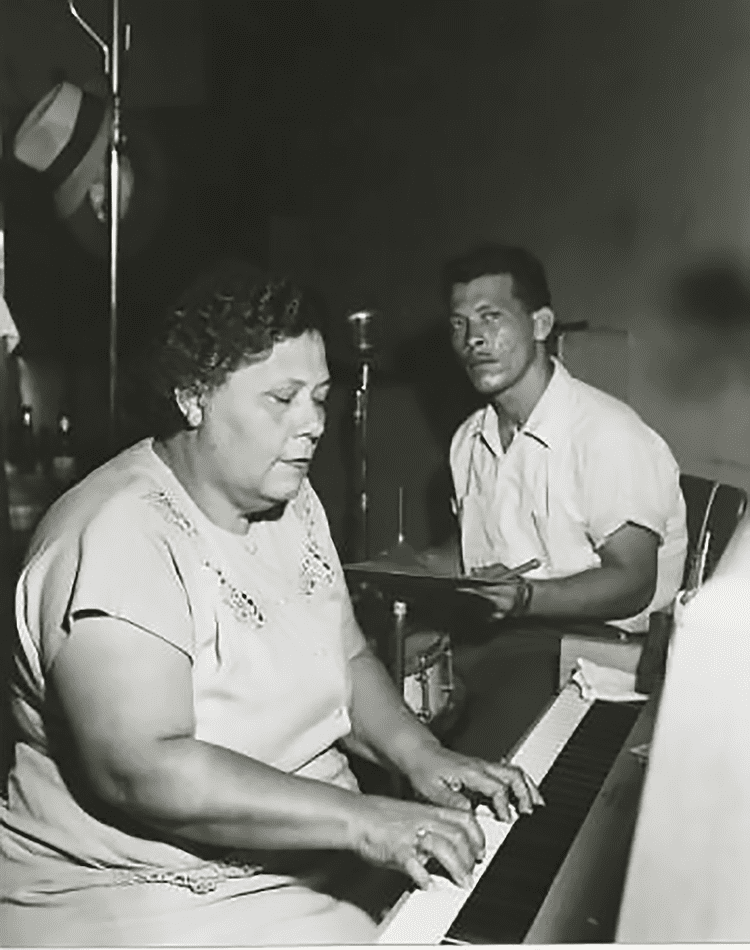
1930s: The Regal Bassoguitar, a peculiar cross between an acoustic guitar and upright bass, is developed. Near the end of the decade, Gibson alters this concept by mounting an electronic pickup onto it. The result is an Electric Bass Guitar. Unfortunately, only two are manufactured—one ending up with Wally Kamin of the Les Paul Trio, who was known for using one.
1936: The Rickenbacker company releases the Electro Bass-Viol, a metal-bodied upright bass outfitted with a horseshoe-magnet pickup. Players could attach the instrument to the top of its amplifier and use its endpin as an output jack. In parallel, the Regal company produces a similar instrument, but without the ability to attach to an amplifier.
1936: Paul Tutmarc, an American guitarist and inventor, releases his Audiovox Model 736 Electronic Bass. The Audiovox is notable for being the first solid-body electric bass designed to be played in the horizontal position. Only 100 Audiovox basses are made. In the 1940s, Tutmarc’s son releases the Serenader Electric String Bass but it unfortunately fared no better than than the Audiovox model.
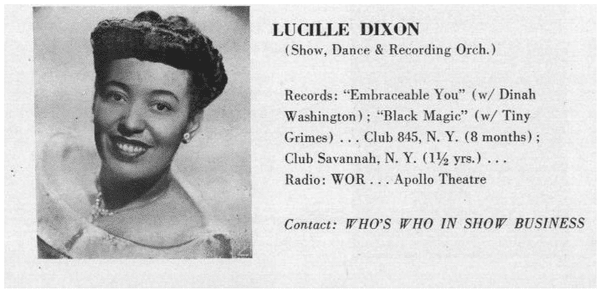
1940s: Lucille Dixon (1923-2004) was a jazz double-bassist who started playing in high school. She was one of only two black women admitted to join the National Youth Administration Orchestra. Unfortunately, despite her impeccable credentials, Dixon was unable to secure a spot in a symphony due to discriminatory hiring practices. She turned to jazz, in which she played in the International Sweethearts of Rhythm—the band of Earl Hines—and even led her own orchestra. In 1965, Dixon helped form the Symphony for the New World, the first racially integrated orchestra in the country.
1950: The Precision bass is developed by Leo Fender and becomes the first widespread electric bass. With a 34-inch 20-fret maple neck, a four pole single-coil pickup, ash wood body, and headstock weighed with four big-key tuners, Leo Fender launches a revolution. By 1952 the instrument was adopted by Monk Montgomery, who played for Lionel Hampton’s band. Montgomery’s embrace of the electric bass was controversial. Many of his peers called the P-bass, “the bastard instrument.”
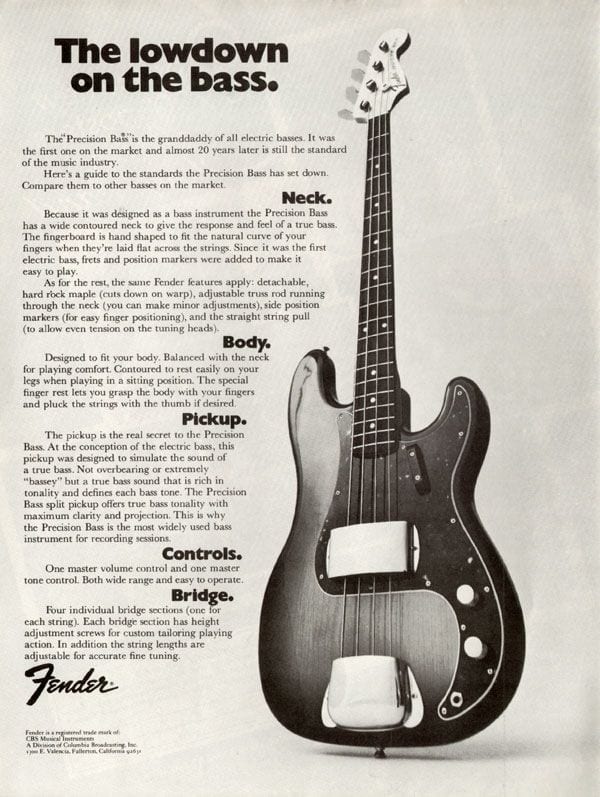
1953: Gibson produces its first electric bass—the EB-1. Its short scale, violin-like design and telescopic endpin makes it playable in an upright position.
1960s: Carol Kaye (1935-), originally a bebop jazz guitarist, starts doing studio sessions to support her family. Her precise technique and signature Fender bass sound put her in high demand.
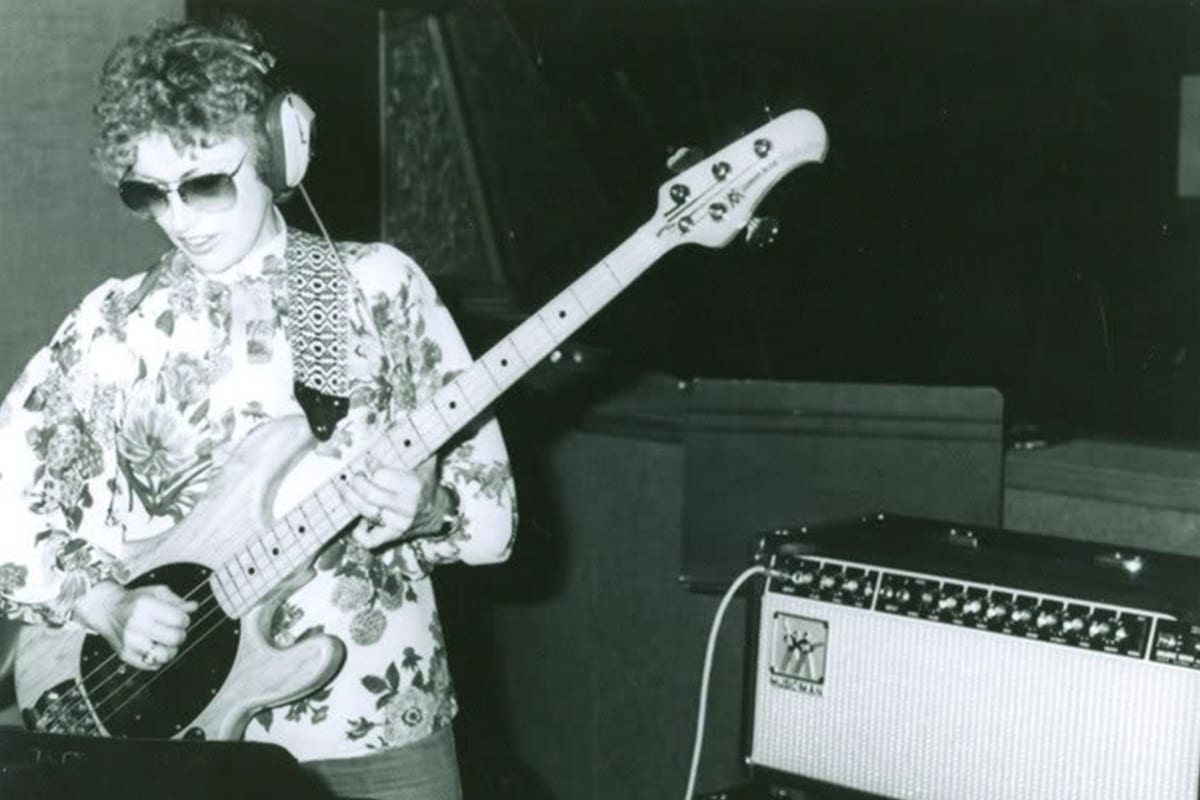
1960: The Fender Jazz Bass is released in 1960. The J-bass becomes wildly popular.
1970s: Jennifer Leitham (1953-), a double bass player, has performed with the likes of Peggy Lee and was a member of the Tonight Show All-Stars. Leitham is also the subject of the documentary I Stand Corrected, which chronicles her transition from male to female.
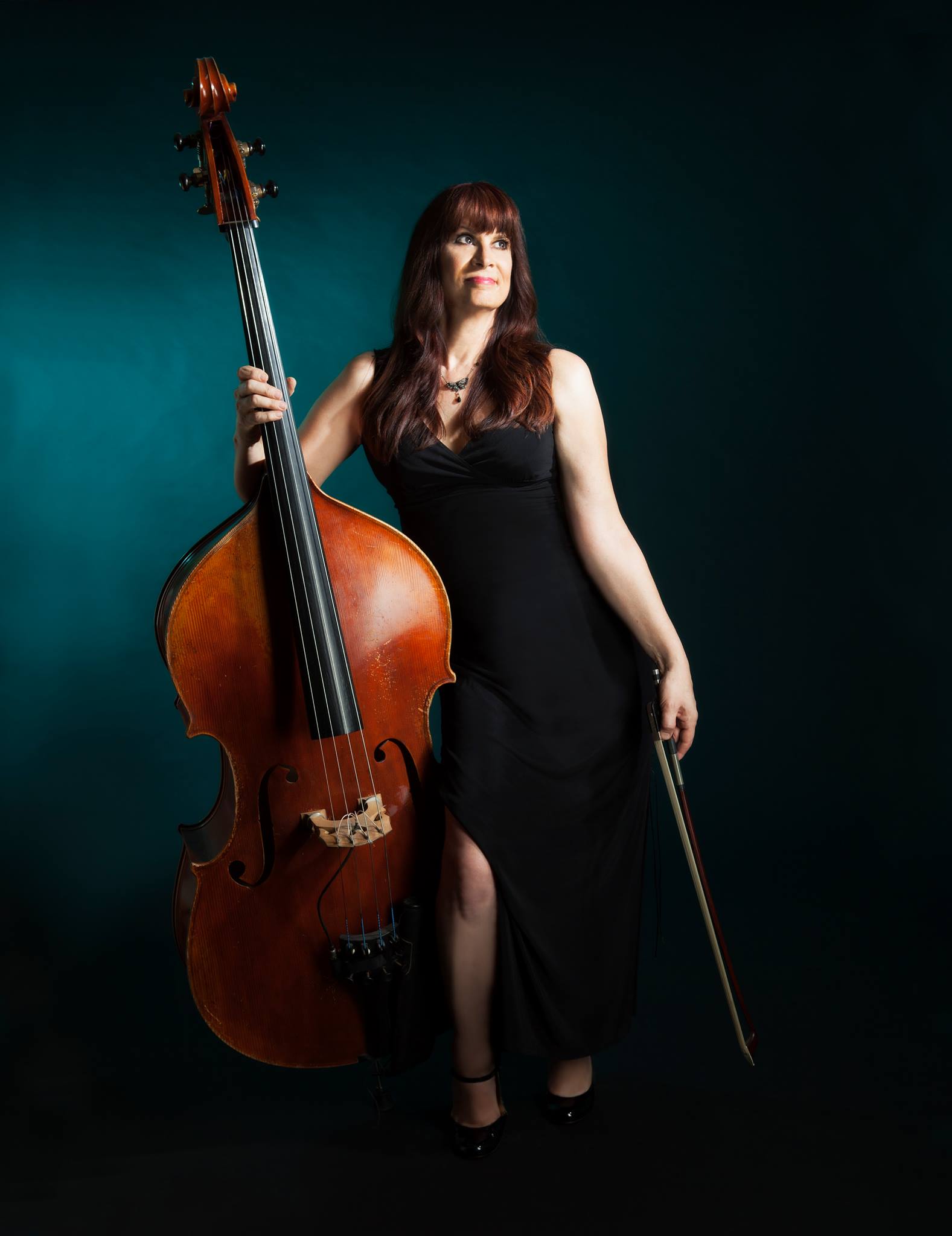
1980s: Meshell Ndegeocello (1968-), a native of Washington D.C., started playing bass on the go-go circuit in the early 80s. Considered to have sparked the neo-soul movement, Ndegeocello has performed solo and played with a variety of artists, from John Cougar Mellencamp to Alanis Morissette.
2000s: Esperanza Spalding (1984-), armed with a fretless J-bass and upright 7/8 double bass, blends jazz, bossa nova, and neo-soul. In 2011, Spalding was awarded the Best New Artist Grammy Award, beating out the likes of Justin Bieber and Mumford and Sons.
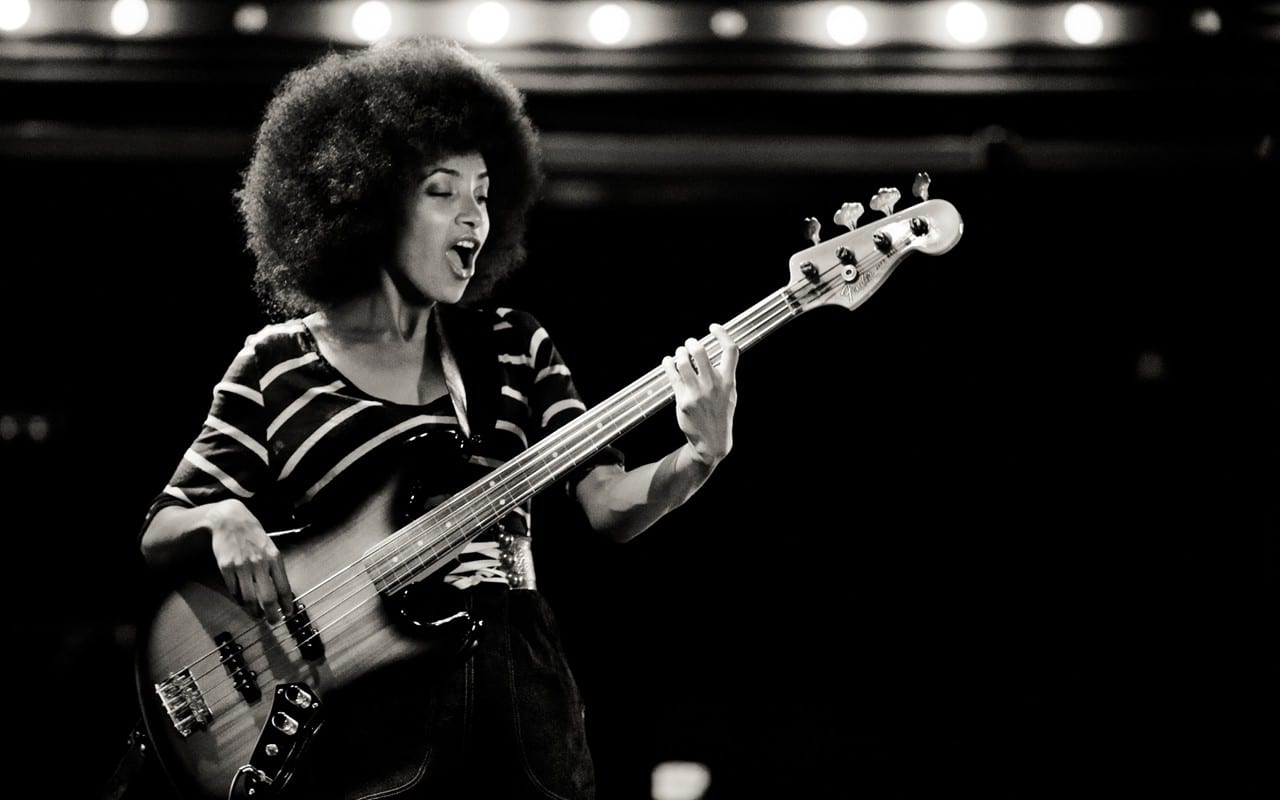
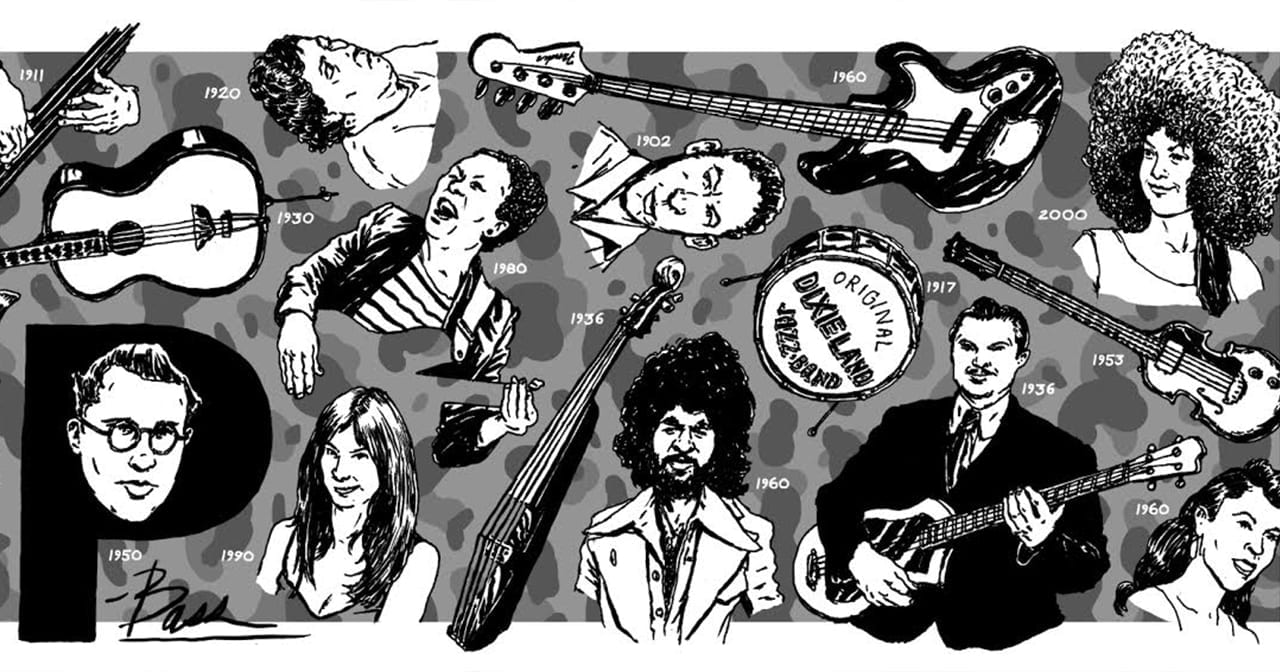


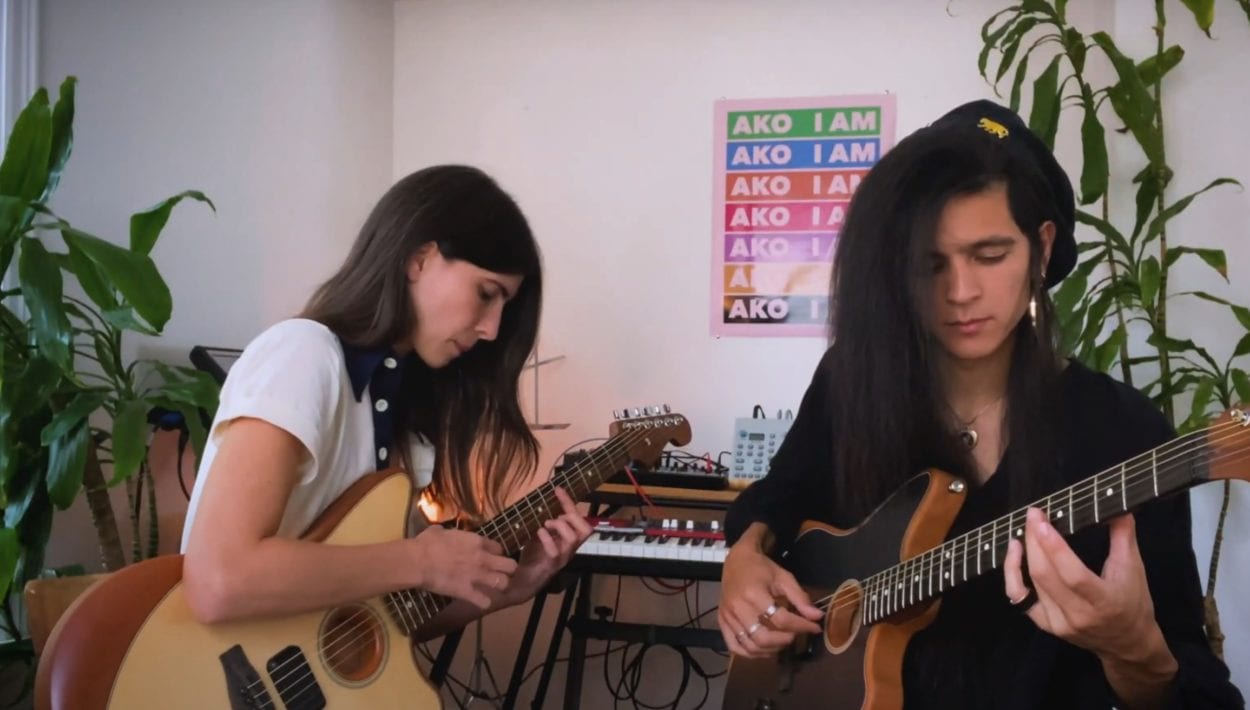

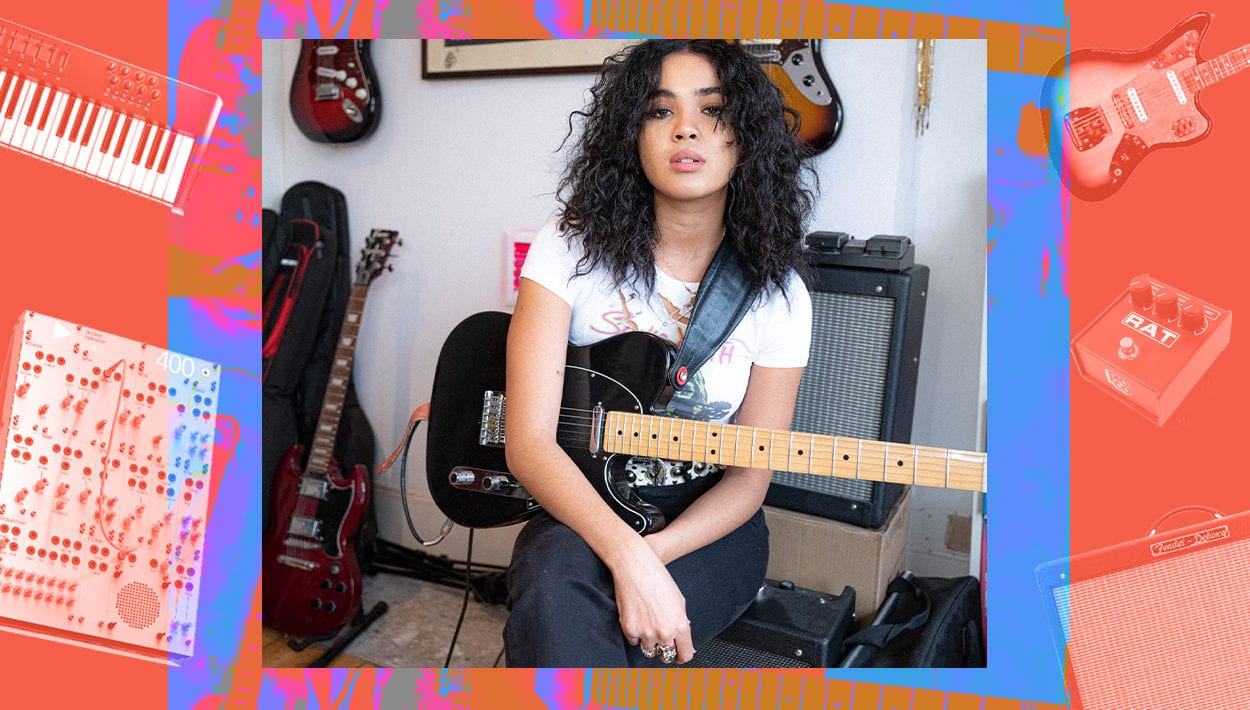
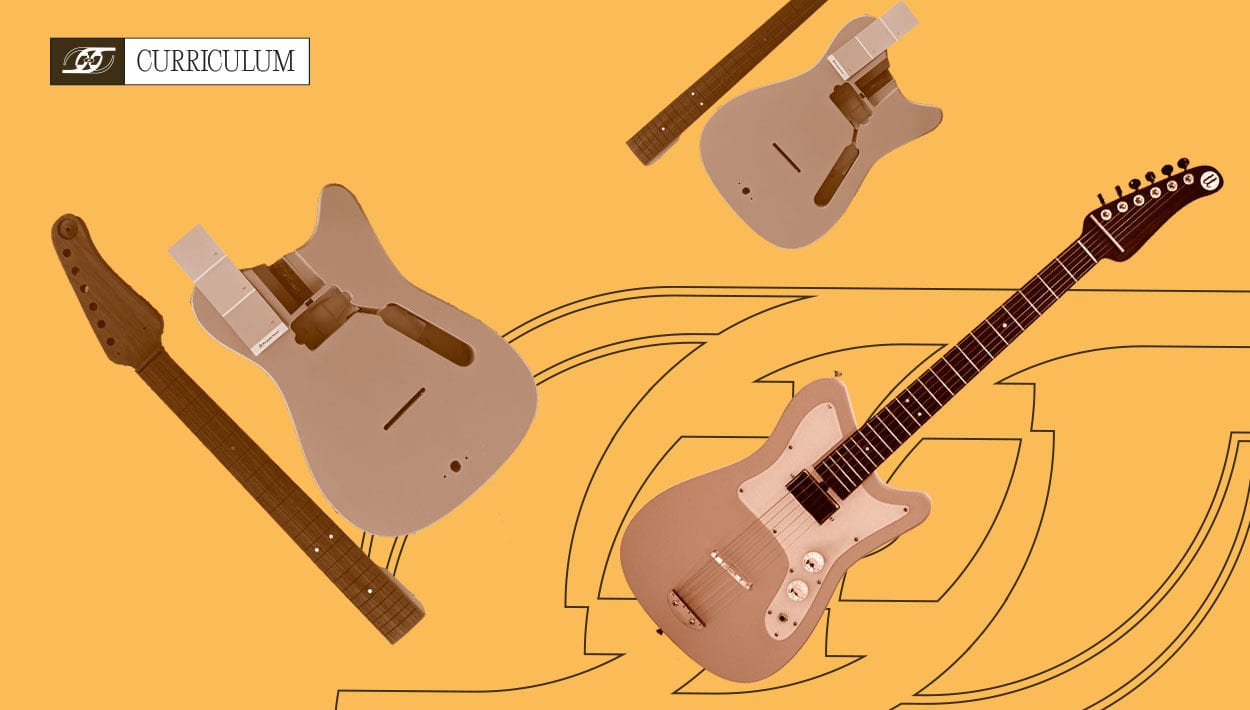
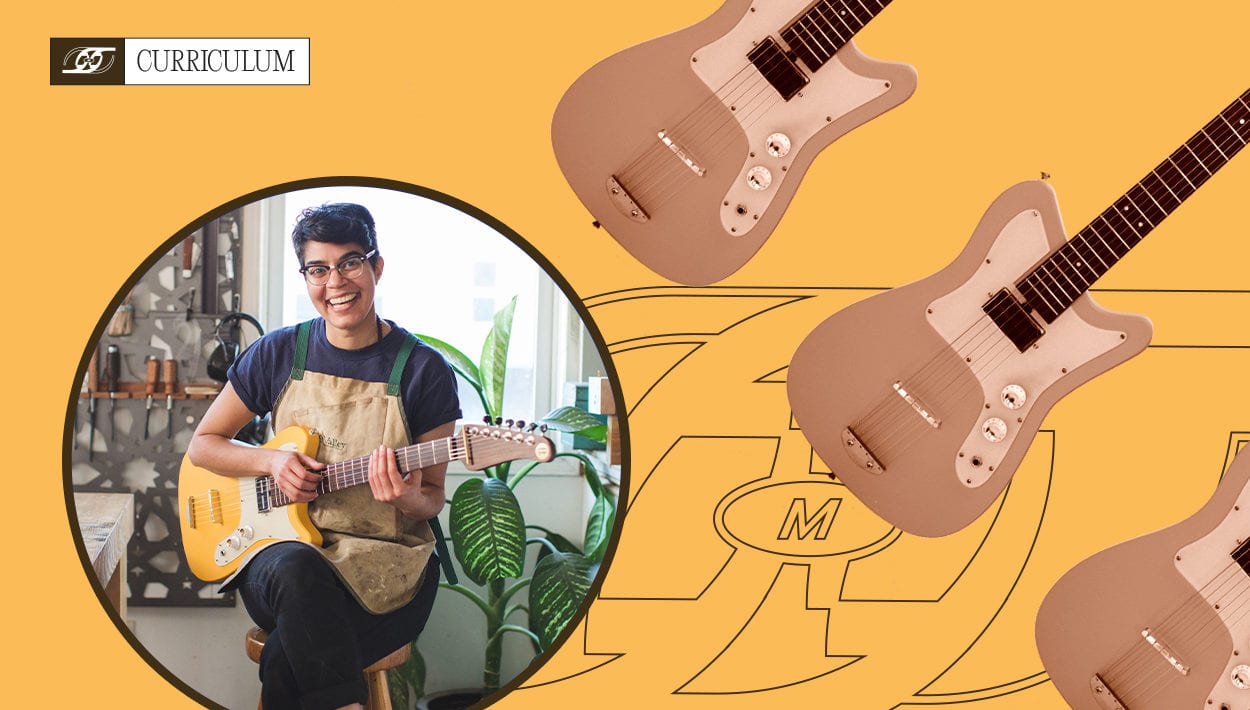
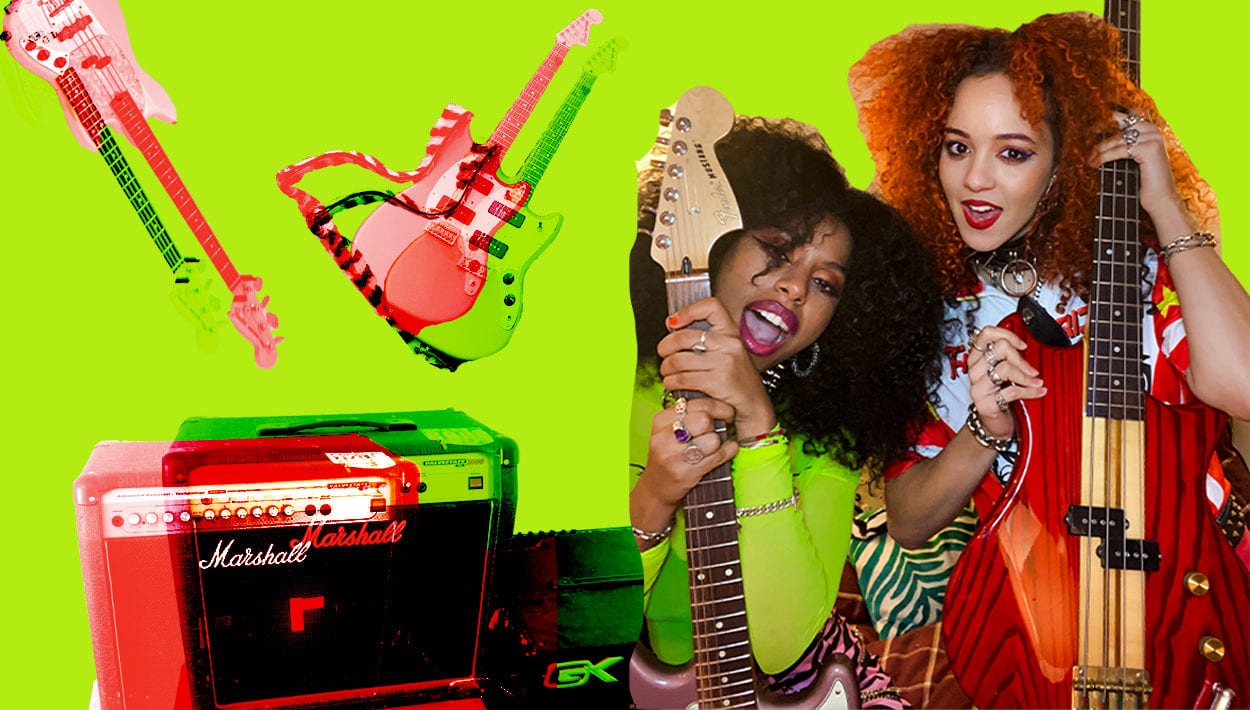
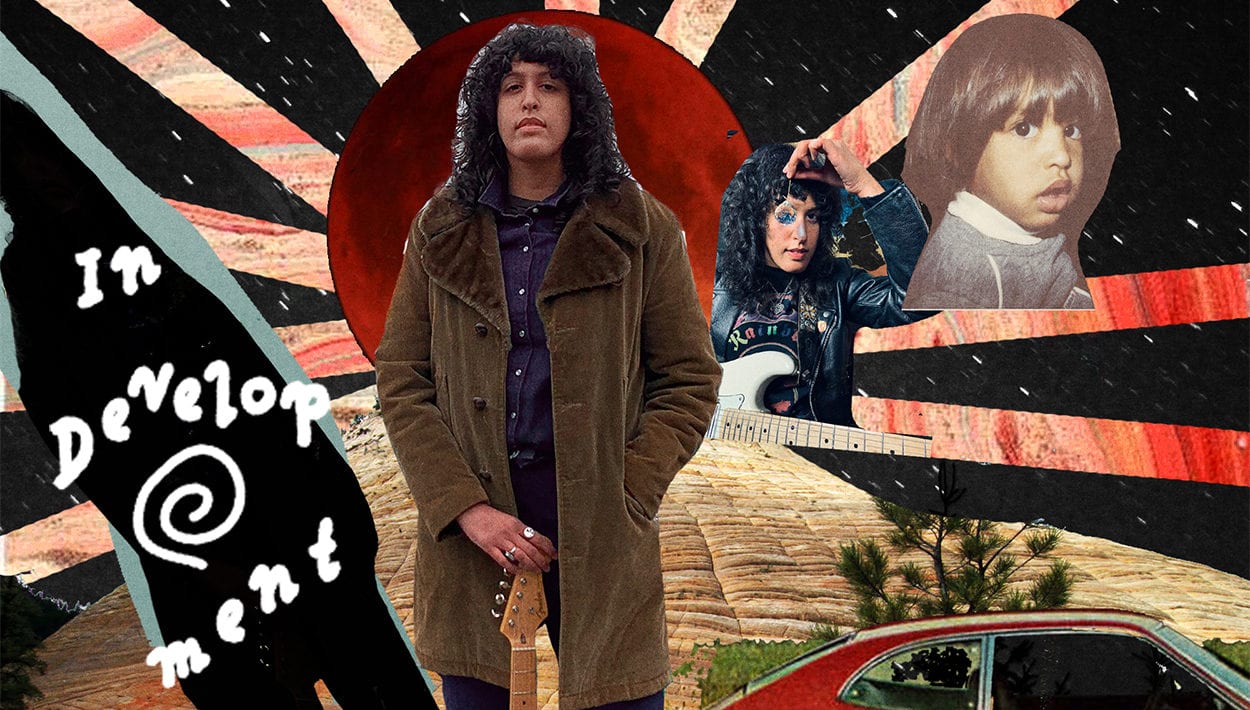
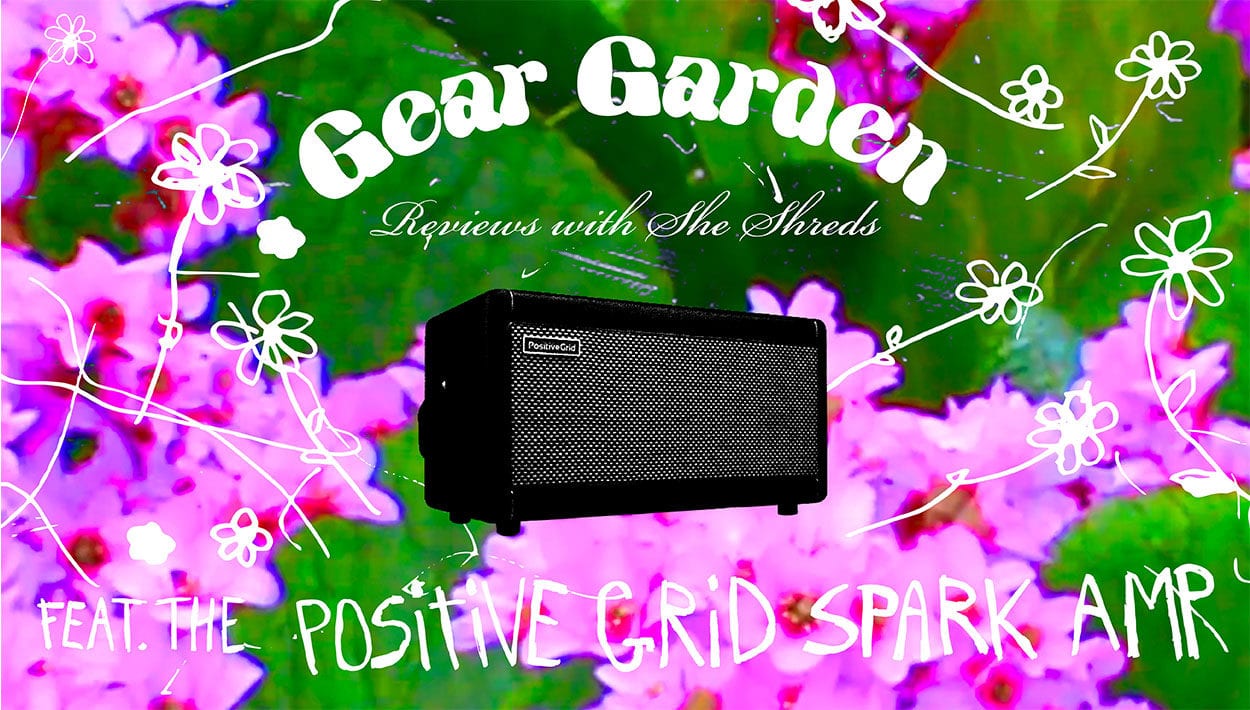
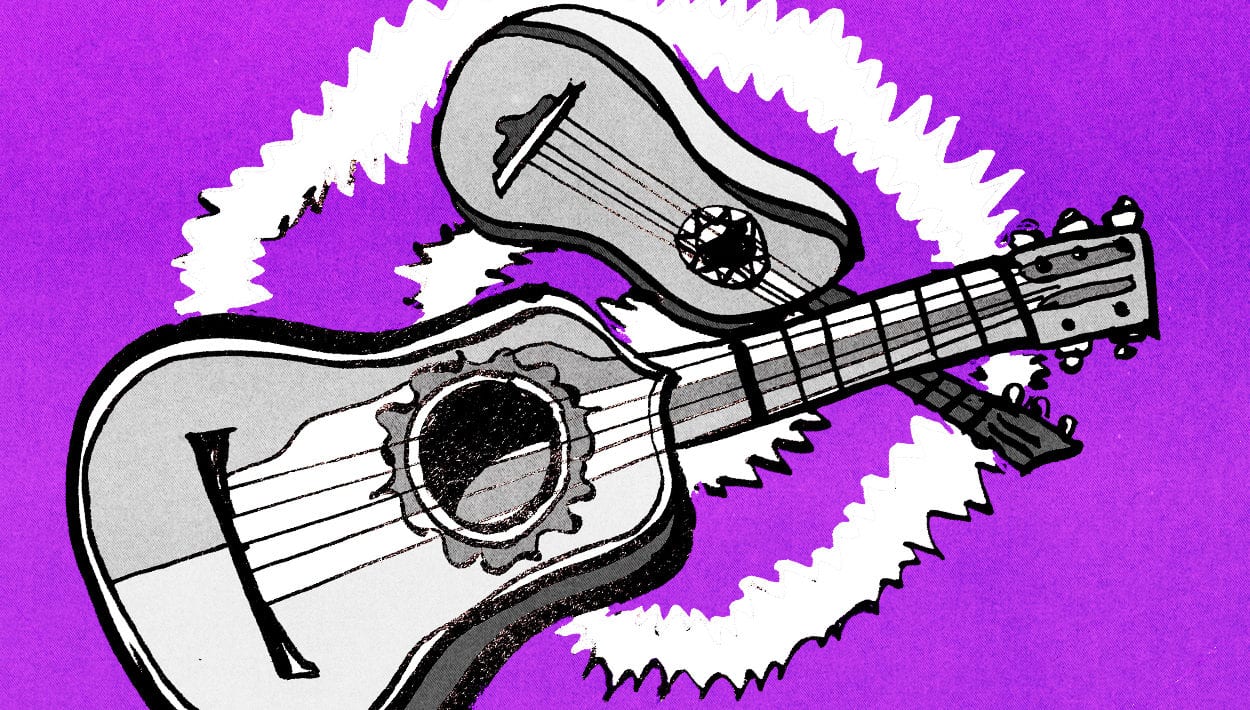


Comments
No comments yet